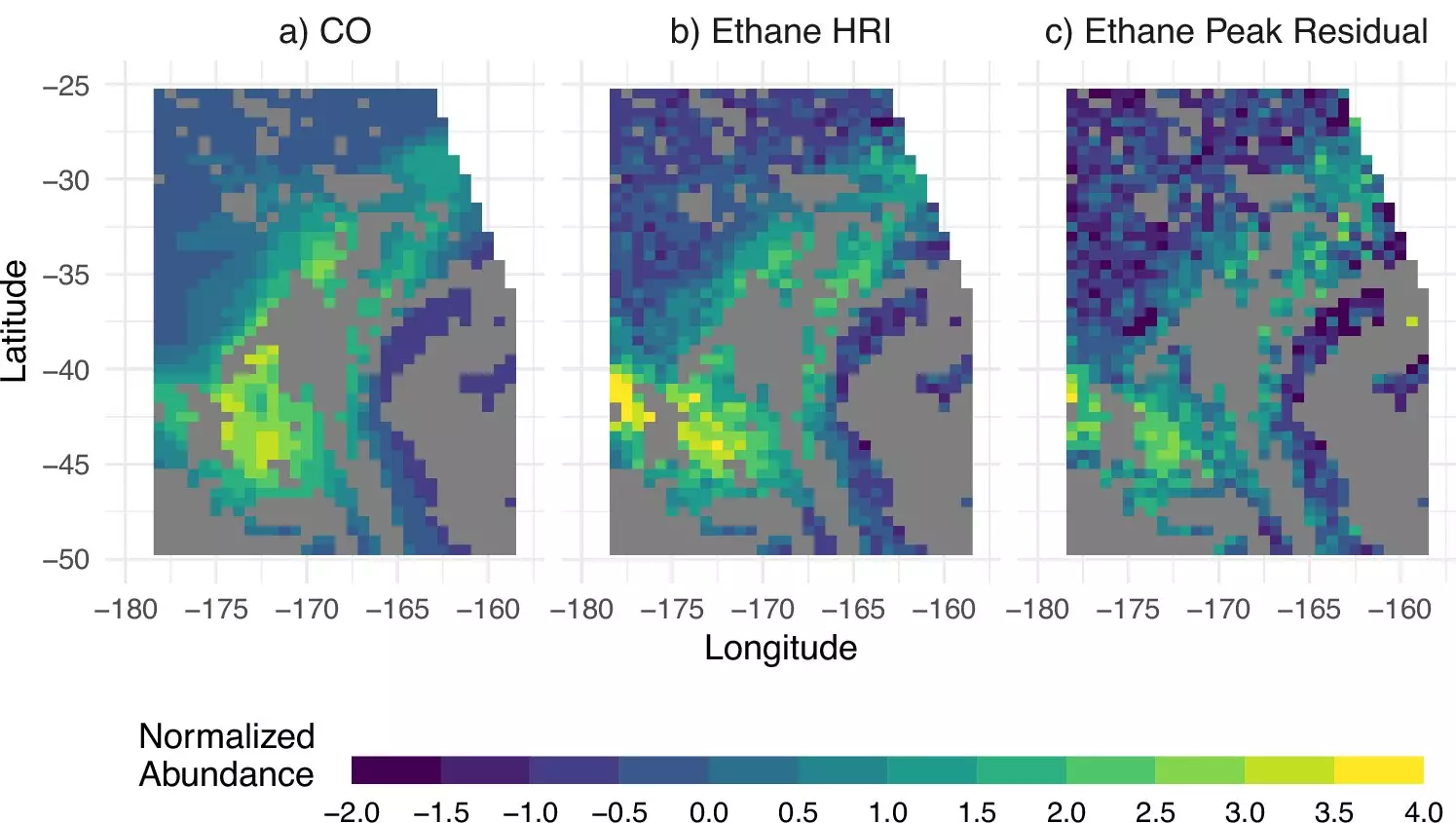Tracking ethane emissions is crucial for understanding the impact of fossil fuel extraction on the environment. Researchers at the University of Minnesota have developed a groundbreaking tool to measure ethane from space, providing valuable insights into global emissions.
The team utilized a satellite-based instrument to detect infrared radiation emitted by Earth and analyze how it travels through the atmosphere. By measuring the absorption of this radiation by gases in the atmosphere, researchers were able to quantify the abundance of ethane worldwide.
Oil and gas extraction significantly degrades air quality and contributes to climate warming. Accurately measuring ethane emissions is crucial for diagnosing and mitigating these impacts. The study found that the Permian Basin in western Texas and southeastern New Mexico has the highest ethane emissions globally, highlighting the need for better monitoring and regulation in these areas.
The team employed a machine learning algorithm to determine atmospheric ethane concentrations based on satellite measurements. This innovative approach allowed researchers to map ethane over key oil and gas basins around the world, revealing that current estimates of ethane emissions are severely underestimated.
The research marks a significant step towards using satellite technology to track ethane emissions in real-time. Plans are underway to develop tools that will enable continuous measurement until the 2030s, providing detailed insights into changes in fossil fuel emissions over time. Additional instruments will be launched into geostationary orbits to provide hourly observations for better understanding and reduction of air pollutant emissions.
The ability to track ethane emissions from space represents a major advancement in environmental research. By accurately measuring and monitoring ethane levels, researchers can identify sources of pollution, assess their impact on air quality and climate change, and develop strategies to mitigate these harmful effects. The University of Minnesota’s innovative approach to ethane measurement paves the way for more effective environmental monitoring and policy-making in the future.


Leave a Reply